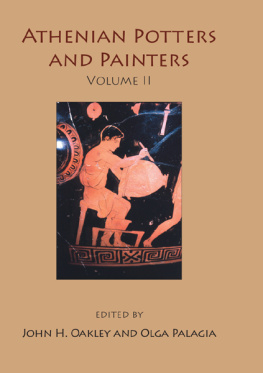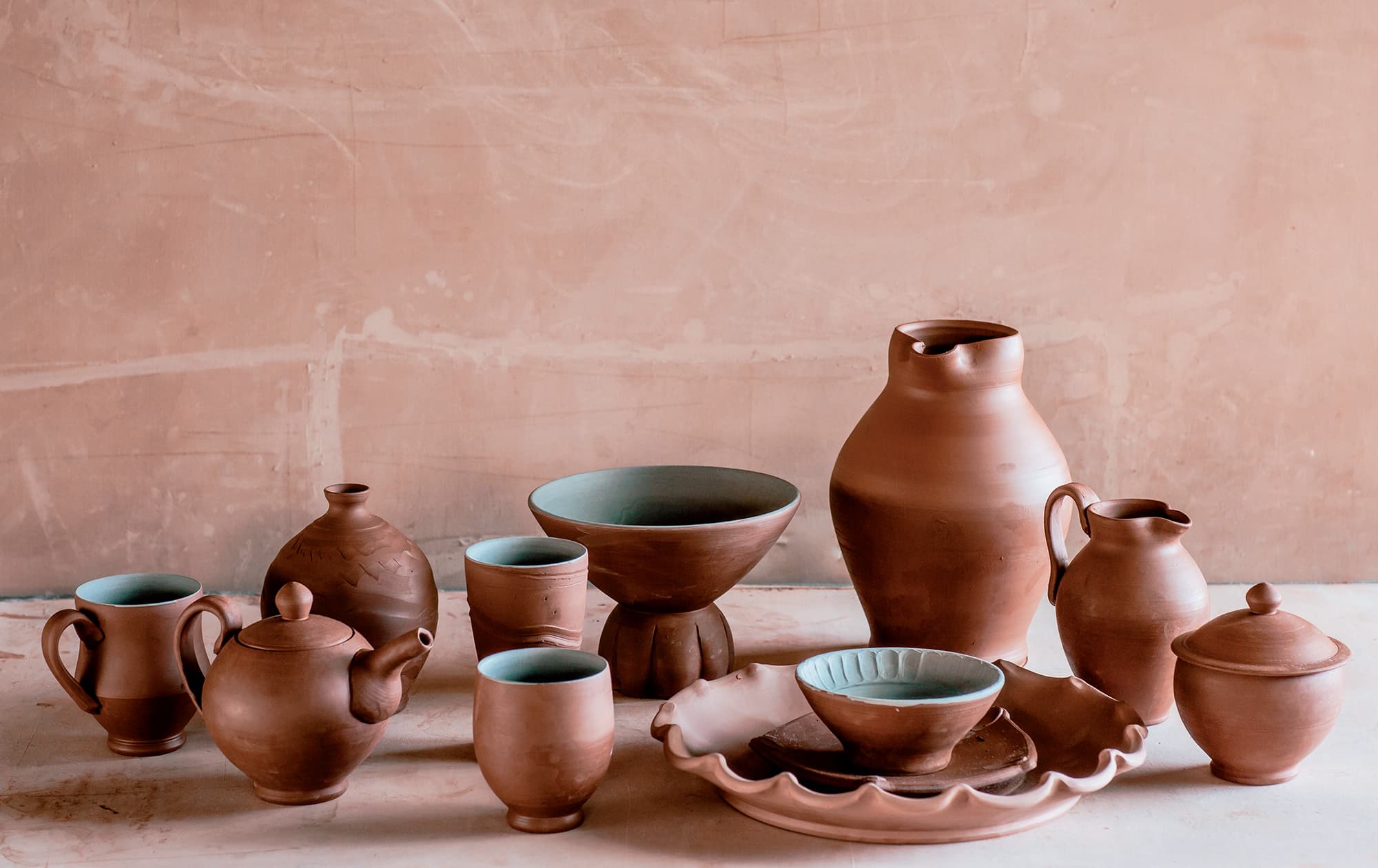
2016 Quarto Publishing Group USA Inc. Text 2016 Ben Carter | Photography 2016 Tim Robison unless otherwise noted
First published in 2016 by Voyageur Press, an imprint of Quarto Publishing Group USA Inc., 400 First Avenue North, Suite 400, Minneapolis, MN 55401 USA. Telephone: (612) 344-8100 Fax: (612) 344-8692
quartoknows.com
Visit our blogs at quartoknows.com
All rights reserved. No part of this book may be reproduced in any form without written permission of the copyright owners. All images in this book have been reproduced with the knowledge and prior consent of the artists concerned, and no responsibility is accepted by producer, publisher, or printer for any infringement of copyright or otherwise, arising from the contents of this publication. Every effort has been made to ensure that credits accurately comply with information supplied. We apologize for any inaccuracies that may have occurred and will resolve inaccurate or missing information in a subsequent reprinting of the book.
Voyageur Press titles are also available at discounts in bulk quantity for industrial or sales-promotional use. For details contact the Special Sales Manager at Quarto Publishing Group USA Inc., 400 First Avenue North, Suite 400, Minneapolis, MN 55401 USA.
Digital edition: 978-0-76035-123-9
Hardcover edition: 978-0-76034-975-5
Library of Congress Cataloging-in-Publication Data
Names: Carter, Ben, 1980- author.
Title: Mastering the potters wheel : techniques, tips, and tricks for potters / Ben Carter.
Description: Minneapolis, MN : Voyageur Press, 2016.
Identifiers: LCCN 2015047400 | ISBN 9780760351239 (hardback)
Subjects: LCSH: PotteryTechnique. | Potters wheels. | BISAC: CRAFTS & HOBBIES / Pottery & Ceramics. | CRAFTS & HOBBIES / Reference.
Classification: LCC TT920 .C359 2016 | DDC 738.1dc23
LC record available at http://lccn.loc.gov/2015047400
Acquiring Editor: Thom OHearn
Project Manager: Caitlin Fultz
Art Director: Cindy Samargia Laun
Design and Layout: Laura Shaw Design, Inc.
MASTERING the POTTERS WHEEL
TECHNIQUES, TIPS, AND TRICKS FOR POTTERS
BEN CARTER

CONTENTS
Guide
FOREWORD
THROWING POTTERY IS MAGICAL to watch; shaping clay into a new form on a spinning wheel is an art all its own. As a maker, you channel magic from your mind and eye through your handsso perhaps its no surprise that the process moves from an initial conscious effort to a tacit body skill over time. Just like drawing, playing a musical instrument, touch typing, or driving a stick shift vehicle, youll find that with practice, your brain moves from thinking about how and what to do to a state mediated in the body. You will think about wanting to make a formand somehow it happens through your hands without conscious thought about each step. You let your eyes and your hands make it, with your brain in the back seat. As much as every beginning thrower (or experienced thrower making a new form) would like this shift to body knowledge to happen instantly, its a slow process built through repetition over time.
Linda Arbuckle, bowl. Photo courtesy of the artist
Linda Arbuckle, cup. Photo courtesy of the artist
Yet while there is a transition from the brain to the eyes and hands as throwing skills progress, it is helpful once you make a work to move from what your hands created back to thinking about how that object may work for the user or viewer. Only consideration and analysis of the pot after it is made will help you adjust and resolve your creation so it really sings. Thought collaborates with body knowledge in the process of throwing, making for a give and take between them that is always an interesting challenge. The materiality of clay and the personal touch of the potter add other dimensions to thoughts and plans about pieces. Personally, I believe that thoughtful, considered work is better than work based solely in process, although we all need process and skills to make work. In other words, it takes insight to orchestrate the diverse parts of a pot and use throwing to best advantage, and therein lays the fun.
I have known Ben Carter since he came to the University of Florida as a post-baccalaureate ceramic student in 2004. Since that time, hes continued to broaden his ideas and abilities by working in numerous artist-in-residence programs, completing his MFA at the University of Florida and lecturing in a variety of universities and art centers in the United States and abroad, as well as interviewing many artists for his popular podcast. The two years he spent in Shanghai as Educational Director at The Pottery Workshop exposed him to new ways to work, wonderful historic pottery, and fresh ideas about functional ware. Bens understanding of form and technique has grown to encompass a broad view of process and ideas, which has increased his sensitivity to the place of the wheel as a tool.
This breadth of understanding makes him a very comprehensive teacher and a wonderful person to write a book about using the wheel to make pots. Youll find his book is rich with details and examples that both beginning potters as well as more seasoned makers will appreciate. As you take the books lessons and exercises into your own studio, youll find throwing is an experience that will take you on a journey, often to unexpected places. Enjoy your discoveries.
LINDA ARBUCKLE
CHAPTER ONE
THE BASICS
WHETHER YOURE NEW to the potters wheel or youve been throwing for some time, this chapter will likely have some new ideas that can enhance your studio habitsor even your life! In addition to tools and materials and general studio setup, in this chapter Ill cover proper studio safety, body mechanics, and techniques on the wheel. I encourage you to think about these areas as the legs of a three-pointed stool. Taking away any of these will make your studio practice unstable and much harder to balance.
Over the years I have worked in a variety of production potteries both large and small. They have their individual quirks, but there are a few common denominators that they share. One unexpected trait that was common in the more successful studios was studio cleanliness. The studios that were the most productive also incorporated a cleaning routine into their workweek. It taught me that cleanliness is not only a health issue but also an efficiency issue. The more deliberate a studio is about planning their studio space, the more deliberate they ended up being with the aesthetic and business decisions they made in their work.






















